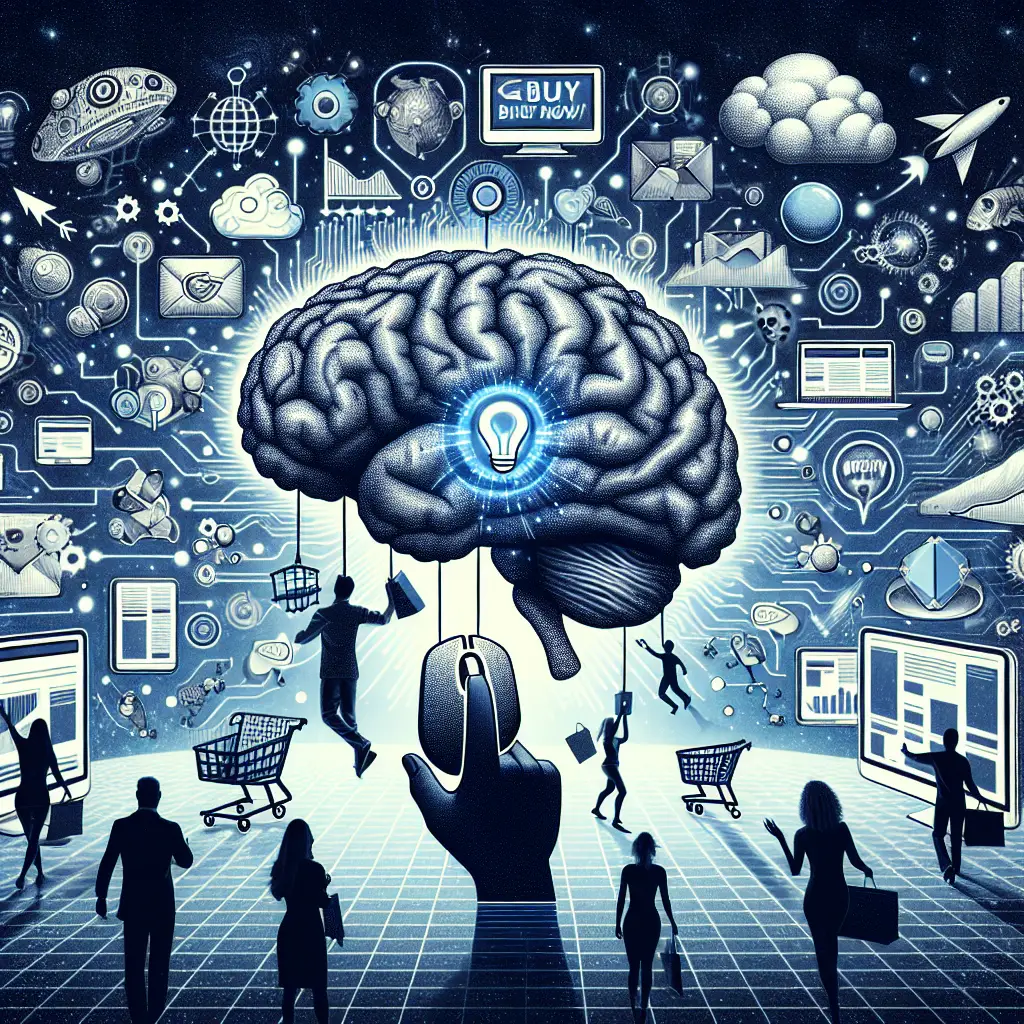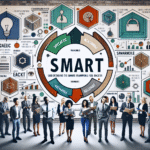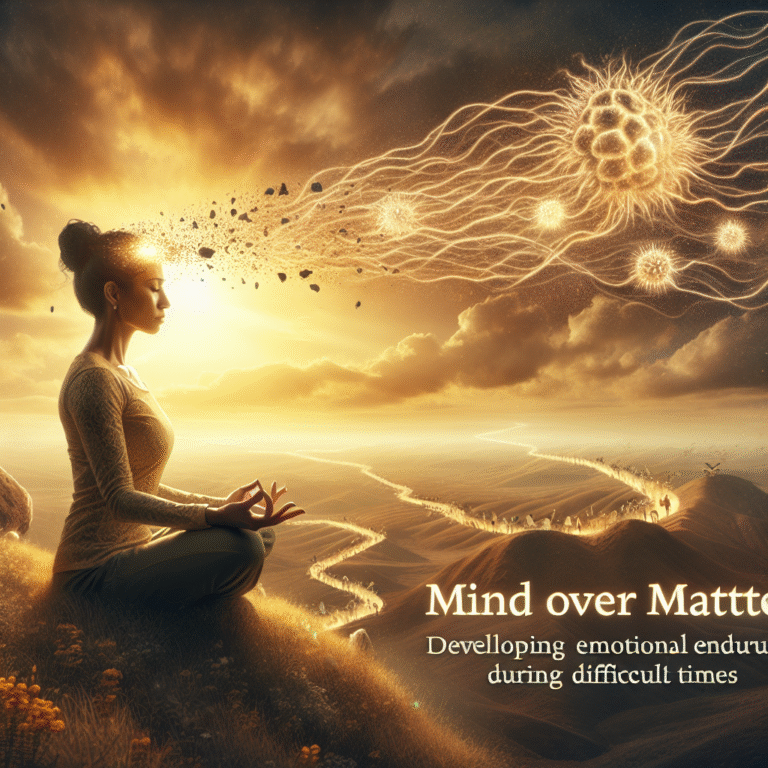
From Clicks to Carts: The Ultimate Role of Behavioral Psychology in Modern Consumer Behavior
Introduction
In the digital landscape of today, where e-commerce reigns supreme and the competition is fierce, understanding consumer behavior has never been more vital. Retailers and marketers not only want to attract clicks but also to drive sales—transforming those fleeting digital interactions into tangible profits. The key to unlocking this mystery lies in the compelling realm of behavioral psychology. This article delves deep into From Clicks to Carts: The Role of Behavioral Psychology in Modern Consumer Behavior, offering insights that can guide businesses toward significant profit margins while enhancing customer satisfaction.
Understanding Behavioral Psychology
Behavioral psychology examines the impact of external factors on human actions. By studying what drives individuals—whether it’s emotions, social influences, or subconscious reactions—marketers can tailor their strategies to effectively engage consumers. In the context of online shopping, applying behavioral psychology can significantly influence how potential customers perceive products and ultimately commit to a purchase.
The Digital Decision-Making Process
-
Awareness and Clicks: The journey starts with awareness. Consumers encounter advertisements, social media posts, and recommendations—these initial touchpoints stimulate curiosity and lead to clicks.
-
Interest and Exploration: Once a product sparks interest, consumers delve deeper into details, comparisons, and reviews.
- Decision and Purchase (Cart Addition): Finally, after a careful evaluation, they either add items to their cart or abandon them. Behavioral psychology plays a crucial role here, determining factors that can sway their decision.
Case Study: Amazon’s One-Click Purchase
Amazon’s one-click purchase feature is a prime example of integrating behavioral psychology into consumer behavior. By minimizing the friction associated with online purchases, this option leverages the psychological principle of convenience. This effort results in reduced cart abandonment and increased sales conversions.
Analysis: This case illustrates how simplifying the purchasing process taps into the consumer’s desire for ease, highlighting that strategic steps—like minimizing decision fatigue—can lead to higher conversion rates.
Key Behavioral Principles at Play
1. The Scarcity Principle
The idea of scarcity suggests that when products are perceived as limited, their desirability increases. E-commerce platforms often employ countdown timers, low-stock indicators, or limited-time discounts to spur consumer action.
| Chart: Impact of Scarcity on Conversion Rates | Scarcity Type | Conversion Rate |
|---|---|---|
| No scarcity | 1.5% | |
| Low stock alerts | 3.2% | |
| Time-limited offers | 4.0% |
The figures in the table highlight how indicating scarcity can elevate the urgency and lead to faster decision-making.
2. Social Proof
Social proof, the tendency to look to others for cues about appropriate behavior, is prevalent online. Ratings, reviews, and testimonials can significantly influence purchasing behavior.
Case Study: Instant Pot’s Success
With millions of positive reviews and viral social media posts, Instant Pot capitalized on social proof. The brand’s ability to create a community around its products not only drove clicks but solidified purchase intentions.
Analysis: Instant Pot effectively demonstrated how leveraging consumer-generated content fosters trust, translating into higher conversions.
The Art of Persuasive Marketing
1. Loss Aversion
Behavioral economics emphasizes loss aversion, which posits that the pain of losing is psychologically more powerful than the pleasure of gaining. Retailers often use this principle in marketing by highlighting potential losses from not purchasing a product.
Example: A marketing message like "Don’t miss out on savings of $50!" resonates more strongly than simply presenting a discount.
2. The Anchoring Effect
The anchoring effect suggests that initial information serves as a reference point for future decisions. By displaying a higher "regular" price next to a discounted price, retailers create an anchor that frames the perceived value.
| Table: Anchoring Effect in Pricing Strategy | Strategy | Perceived Value |
|---|---|---|
| No Comparison Price | $50 | |
| Higher Reference Price | $70 | |
| Discounted Price | $40 (Perceived value = $70) |
Retailers can maximize perceived value by anchoring their pricing effectively.
The Power of Emotion in E-Commerce
1. Emotional Triggers in Marketing
Effective marketing transcends rational thought by appealing to emotions. Campaigns that evoke feelings, like nostalgia, joy, or even fear of missing out, resonate more profoundly with consumers.
Case Study: Share a Coke Campaign
Coca-Cola’s "Share a Coke" campaign personalized beverage labels, evoking emotions tied to names. It became a viral sensation, prompting consumers to buy a drink that felt uniquely theirs.
Analysis: This campaign illustrates the potential of emotional triggers, showcasing how engaging customers on a personal level can drive sales.
2. The Role of Visuals
Visual content significantly influences online buying behavior. High-quality images, videos, and engaging graphics can capture attention and improve retention.
Statistics on Visual Impact
- Consumers remember 80% of what they see.
- Review videos increase purchase likelihood by 85%.
Putting It All Together: A Perfectly Optimized Page
Creating a product page that incorporates behavioral psychology involves multiple strategies:
- Use high-quality images.
- Display social proof prominently.
- Highlight scarcity.
- Include emotional and persuasive language.
Overcoming Cart Abandonment
The From Clicks to Carts: The Role of Behavioral Psychology in Modern Consumer Behavior extends beyond the act of clicking. In fact, nearly 70% of online carts are abandoned.
1. Understanding the Reasons Behind Abandonment
Common Causes:
- Unexpected costs (shipping, taxes)
- Complicated checkout process
- Lack of payment options
2. Strategies to Reduce Abandonment Rates
- Transparent Pricing: Clearly outline costs upfront.
- Streamlined Checkout: Simplify steps to minimize friction.
- Follow-Up Reminders: Use email reminders to encourage completion.
| Table: Impact of Different Strategies on Cart Recovery Rates | Strategy | Recovery Rate |
|---|---|---|
| Email Reminders | 20% | |
| Free Shipping Offers | 15% | |
| Increasing Payment Options | 10% |
These strategies illustrate tangible ways to enhance consumer behavior within the purchasing funnel.
Conclusion
The intricate dance of digital consumerism is profoundly influenced by behavioral psychology. From understanding emotional triggers to utilizing scarcity and social proof, each factor plays a critical role in transforming casual clicks into committed carts. For businesses willing to invest in these insights, the potential rewards are significant: higher conversion rates, improved customer satisfaction, and ultimately, sustained profitability.
As we navigate the evolving landscape of consumer behavior, the key takeaway is clear: understanding your consumer is not just an advantage; it is essential. By weaving behavioral psychology into your marketing strategies, you can create experiences that resonate deeply, compelling clicks to become carts filled with genuine purchases.
FAQs
1. How can I apply behavioral psychology in my marketing strategy?
To apply behavioral psychology, incorporate tactics like social proof, urgency, emotional triggers, and strategic pricing. Tailoring your approach to address consumers’ psychological needs can significantly enhance engagement and conversions.
2. What is the impact of social proof on consumer behavior?
Social proof builds trust and credibility, influencing purchasing decisions. It can lead to higher conversion rates when potential buyers see a product endorsed by others.
3. Why do consumers abandon their carts?
Common reasons include unexpected costs, complicated checkout processes, lack of payment options, and distraction. Understanding these factors can help you create strategies to reduce abandonment.
4. What are effective ways to minimize cart abandonment?
Use transparent pricing, streamline the checkout process, offer email reminders, and provide multiple payment options to create a smoother customer journey.
5. Can emotional marketing really drive sales?
Yes! Emotional marketing taps into feelings that encourage consumers to resonate with a brand, leading to higher engagement and sales. Brands that effectively evoke emotions typically see stronger customer loyalty.
In the field of e-commerce, From Clicks to Carts: The Role of Behavioral Psychology in Modern Consumer Behavior is not just a theoretical concept; it’s a practical toolkit waiting to be utilized. Embracing these principles can help businesses turn fleeting interest into lasting loyalty—an essential journey in today’s marketplace.














